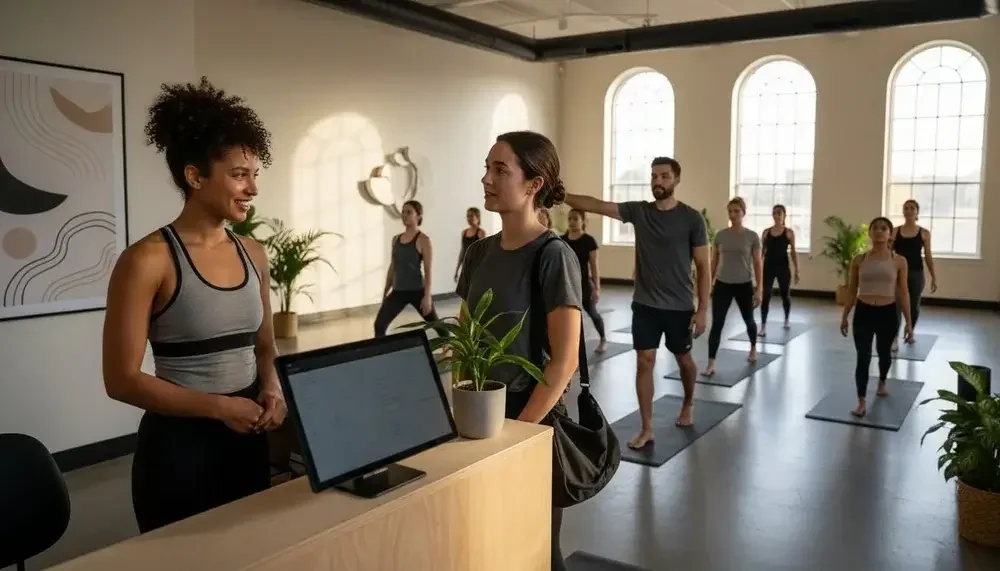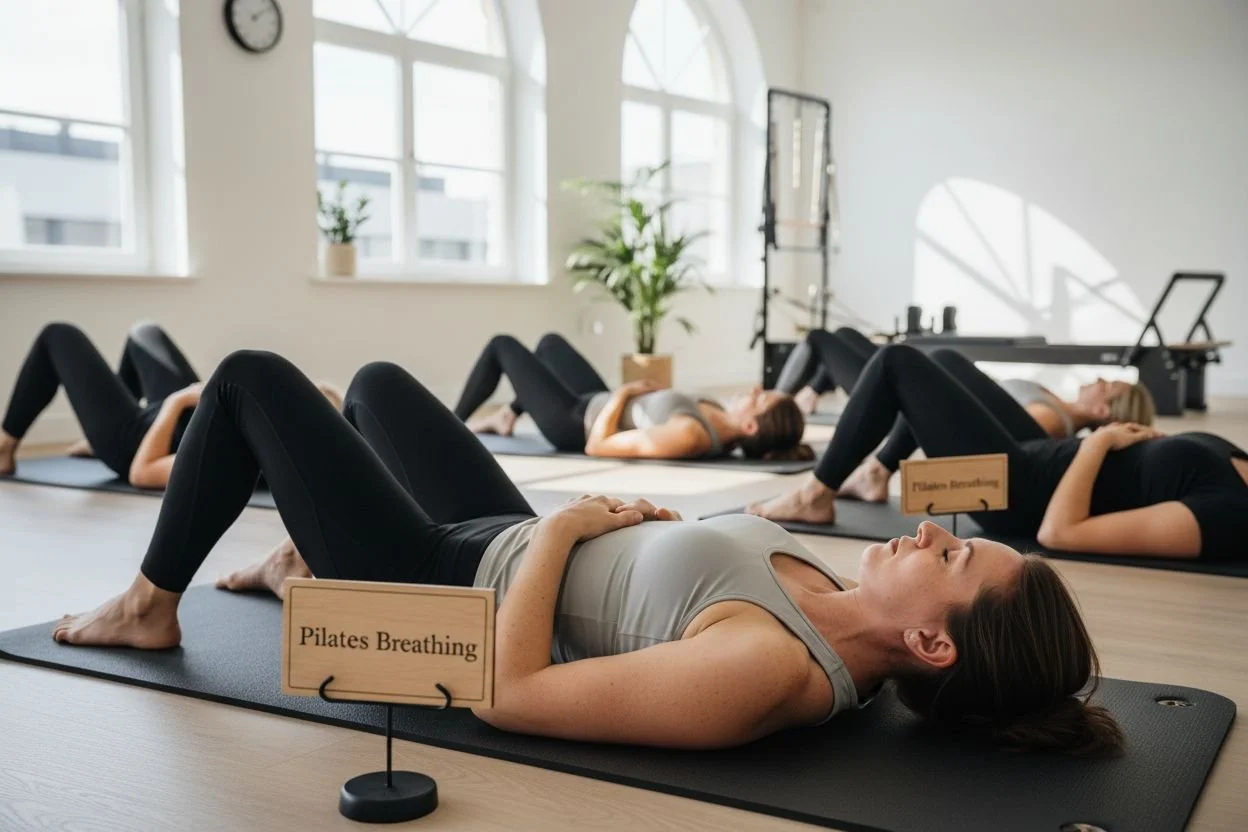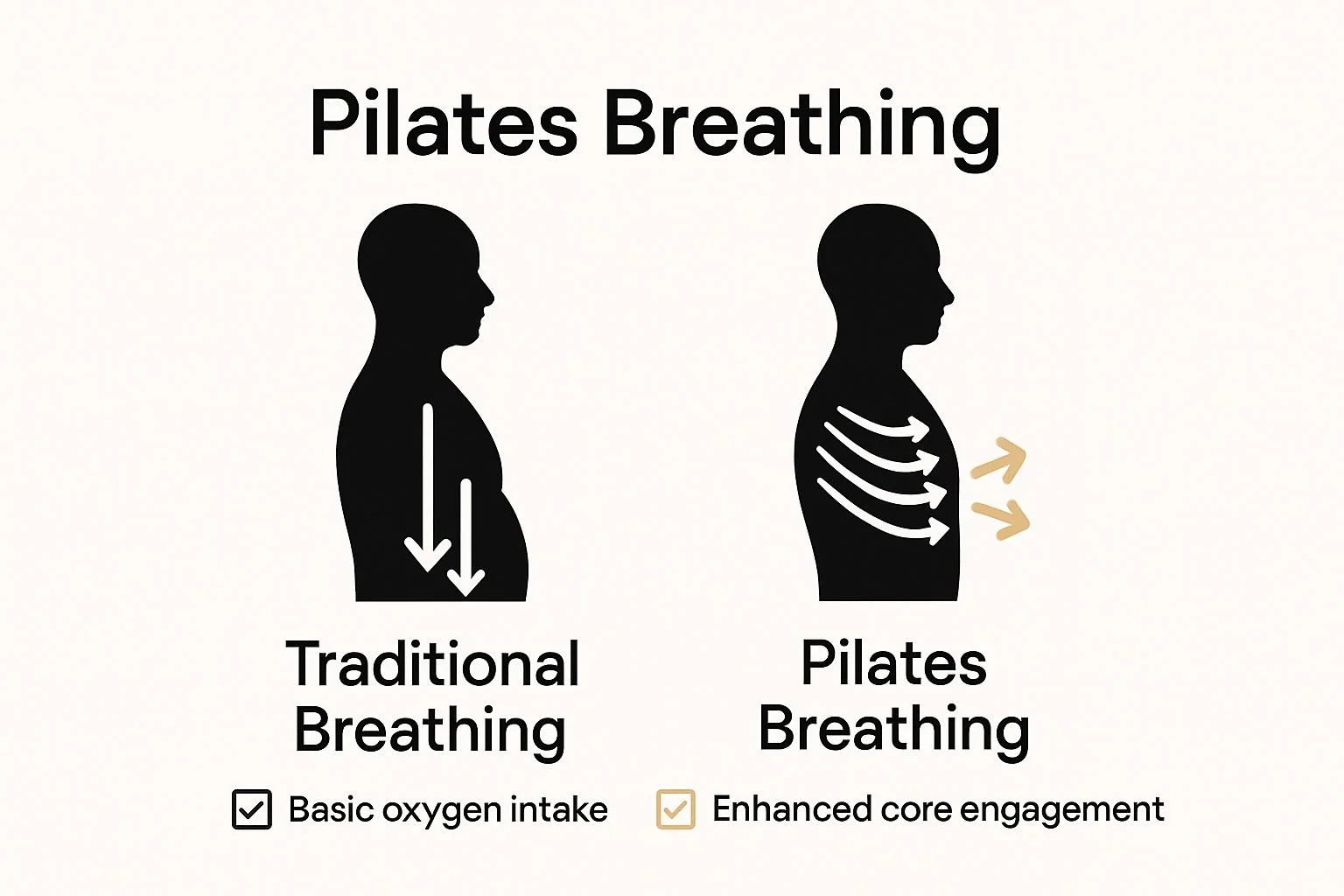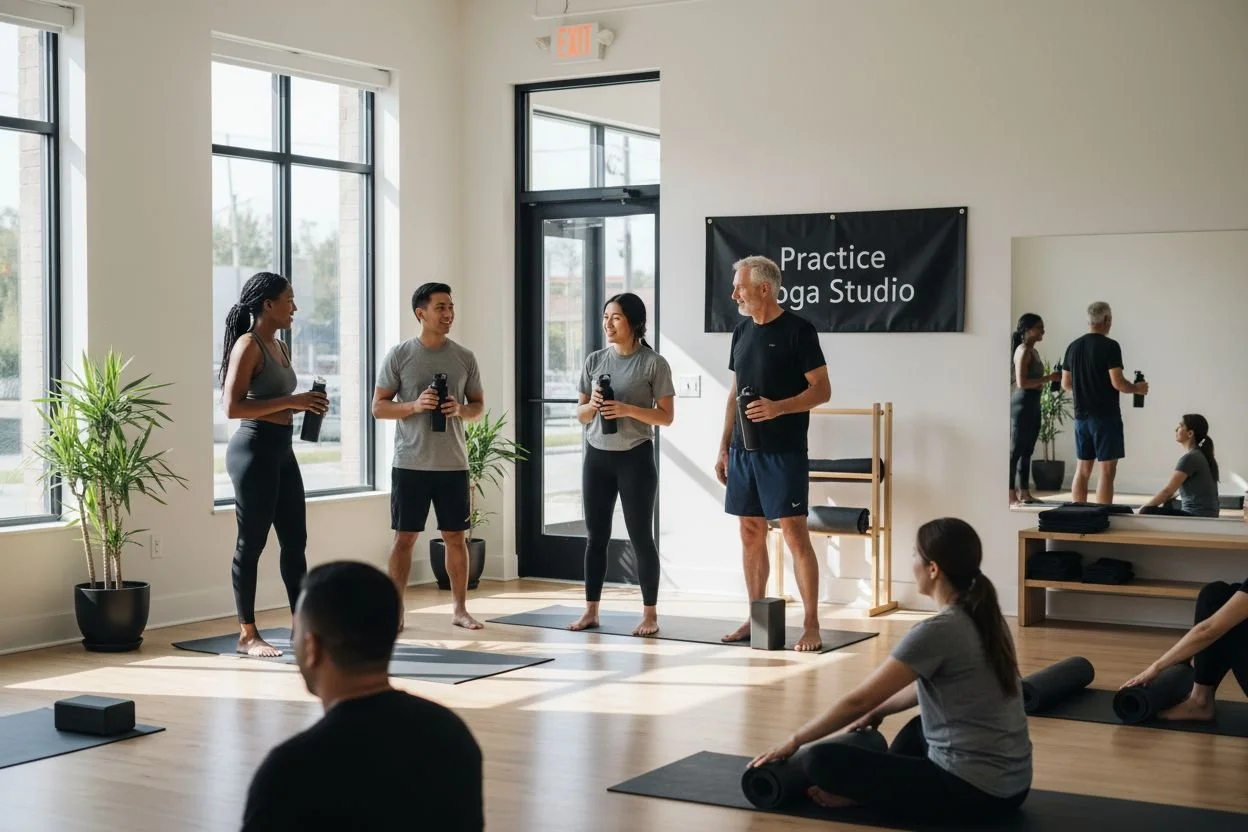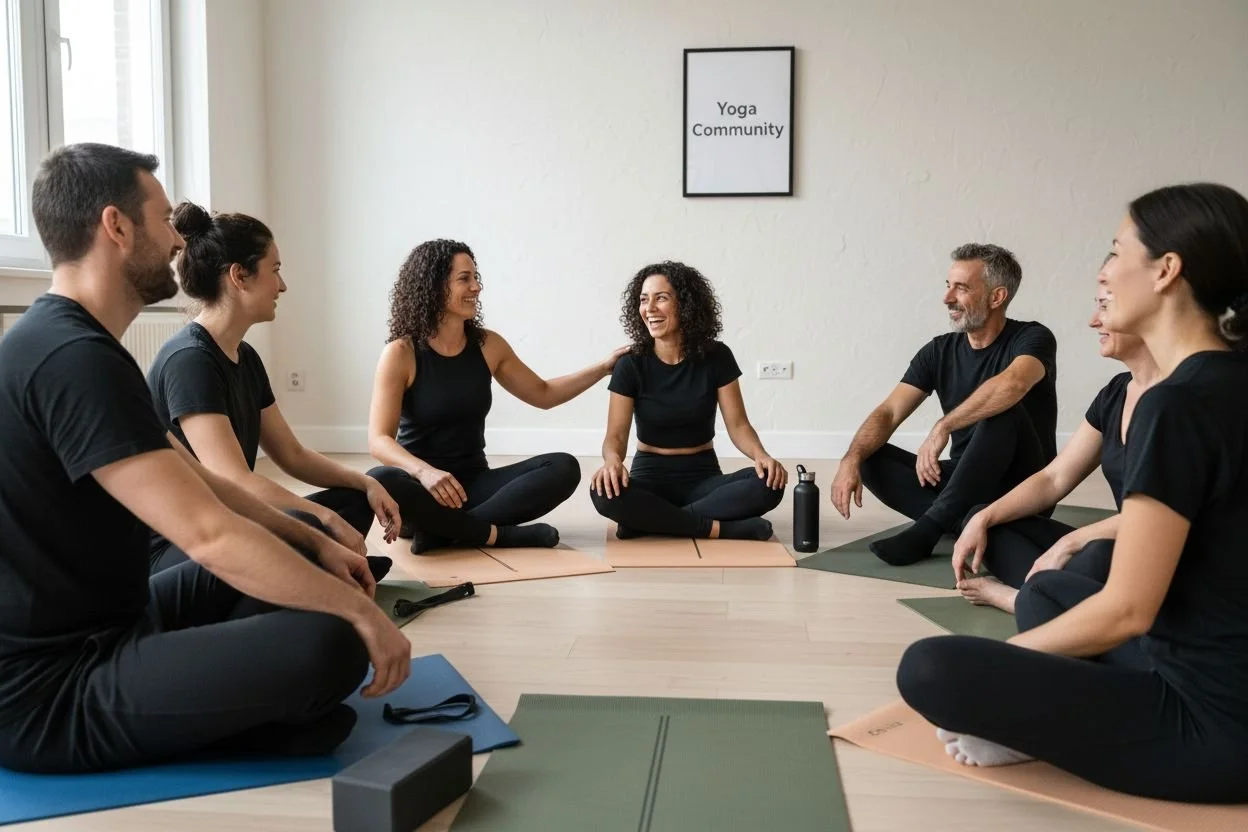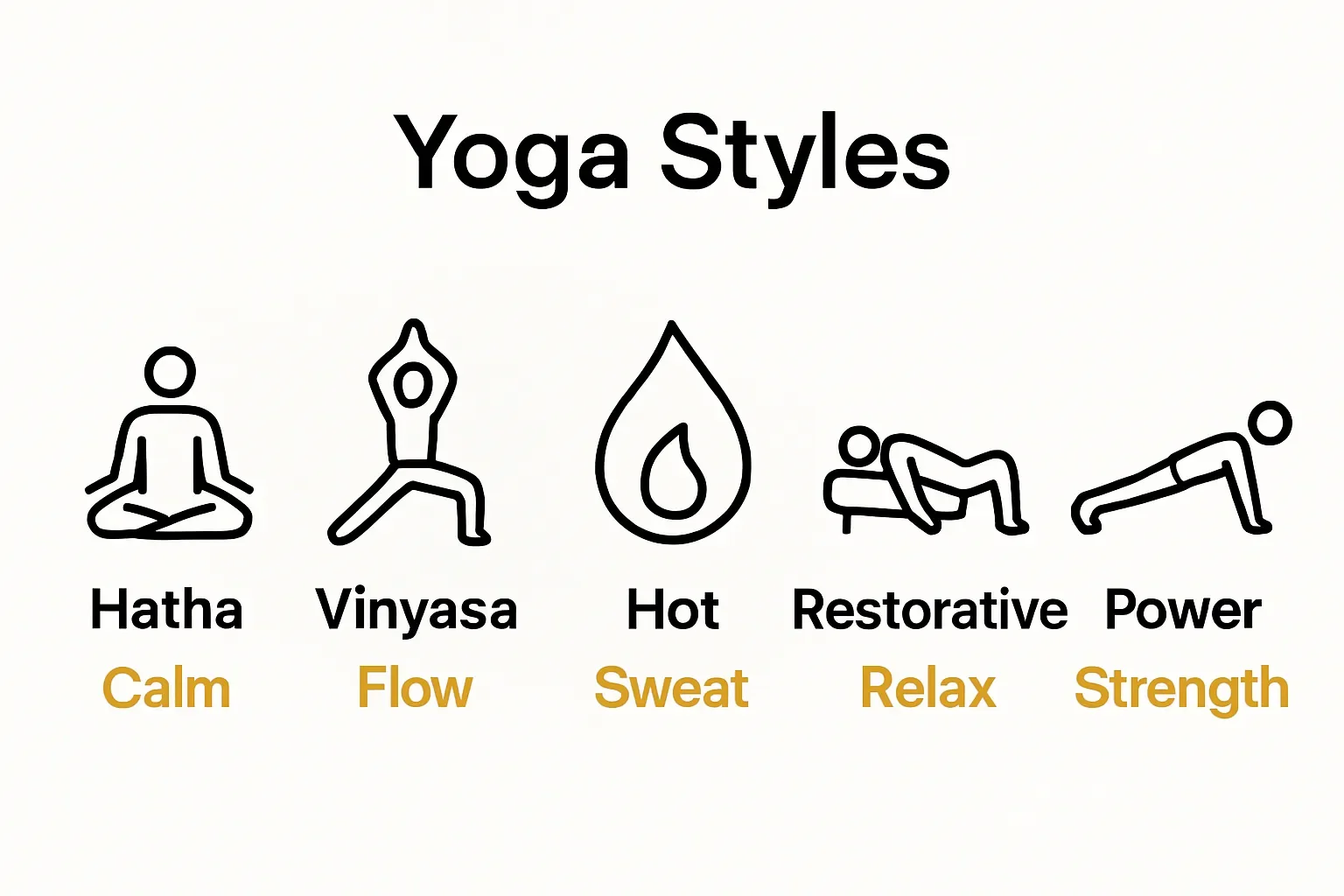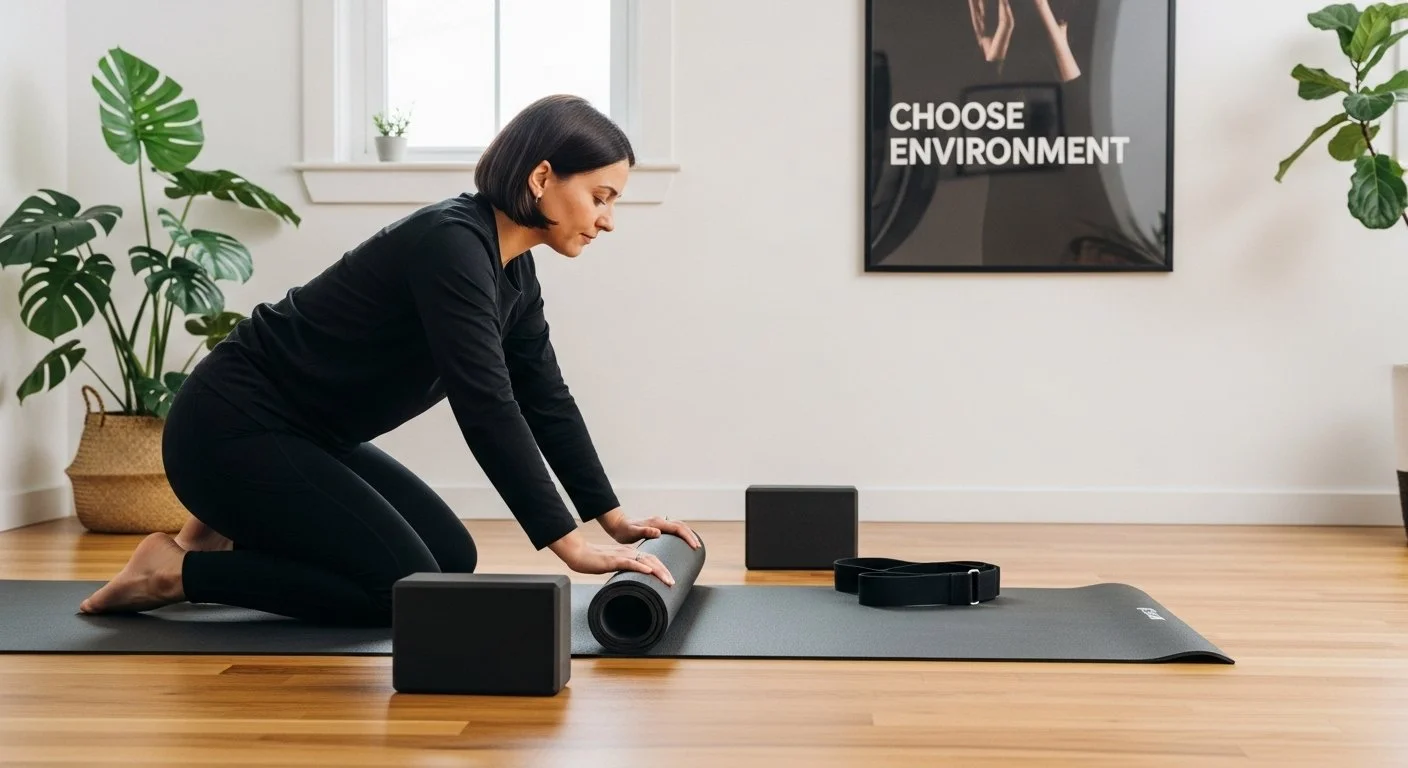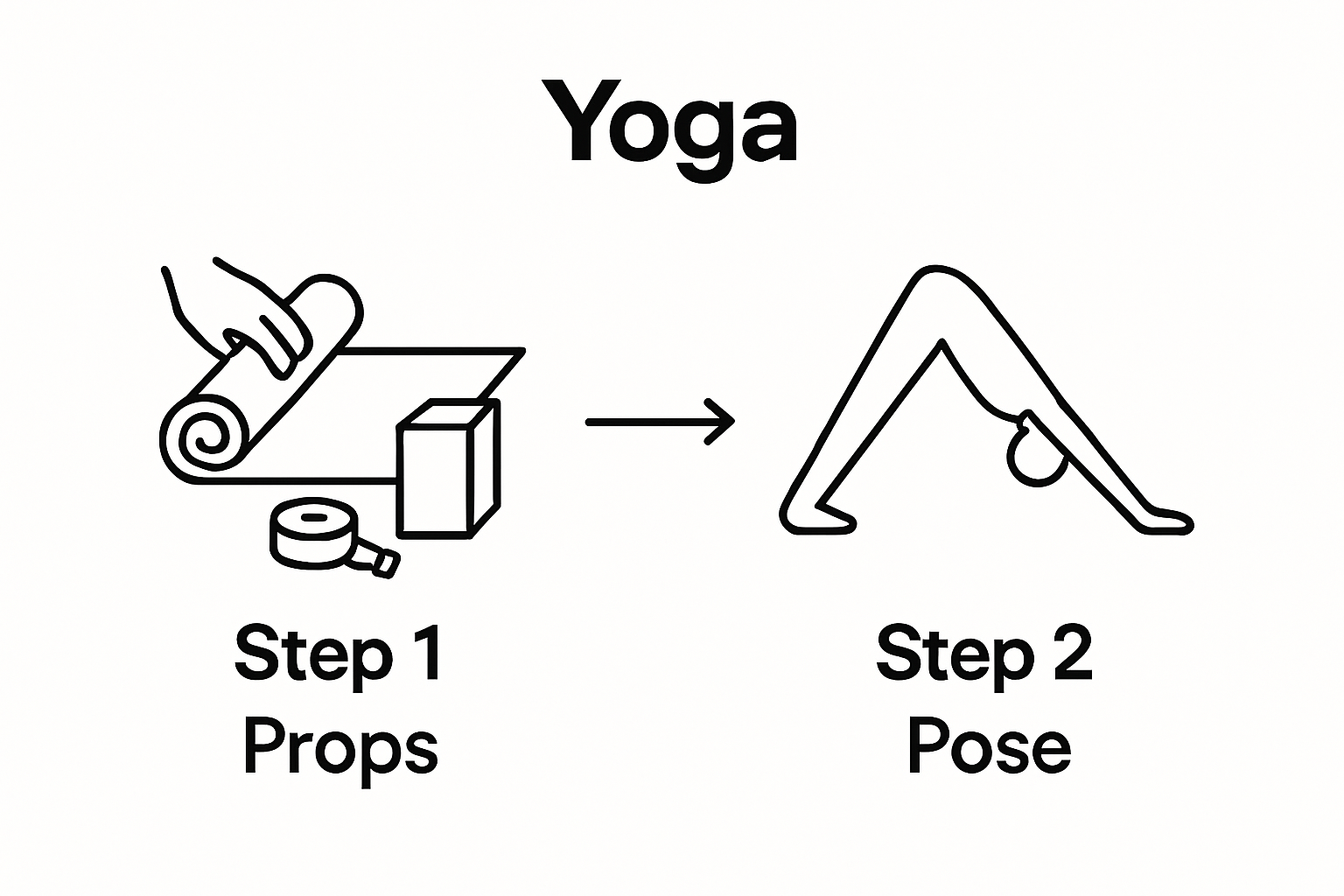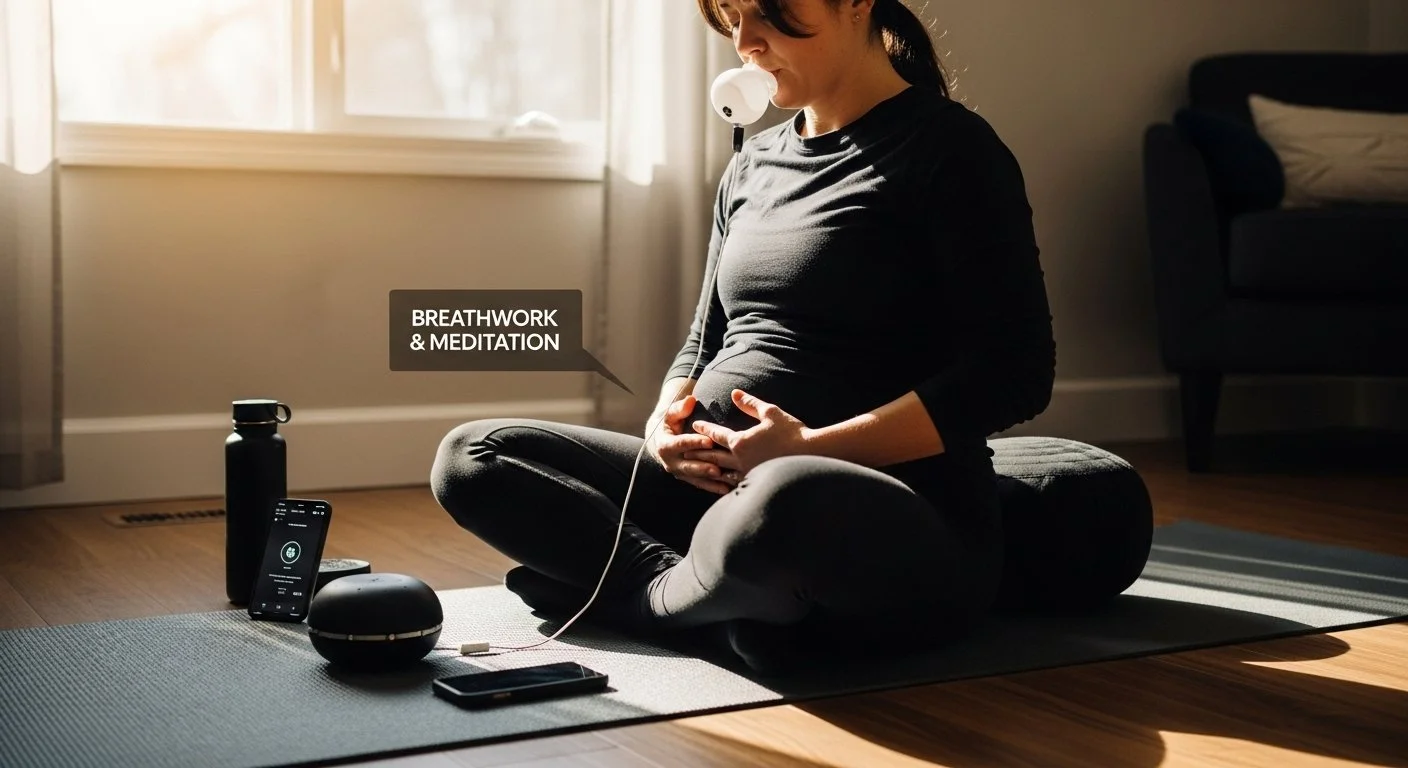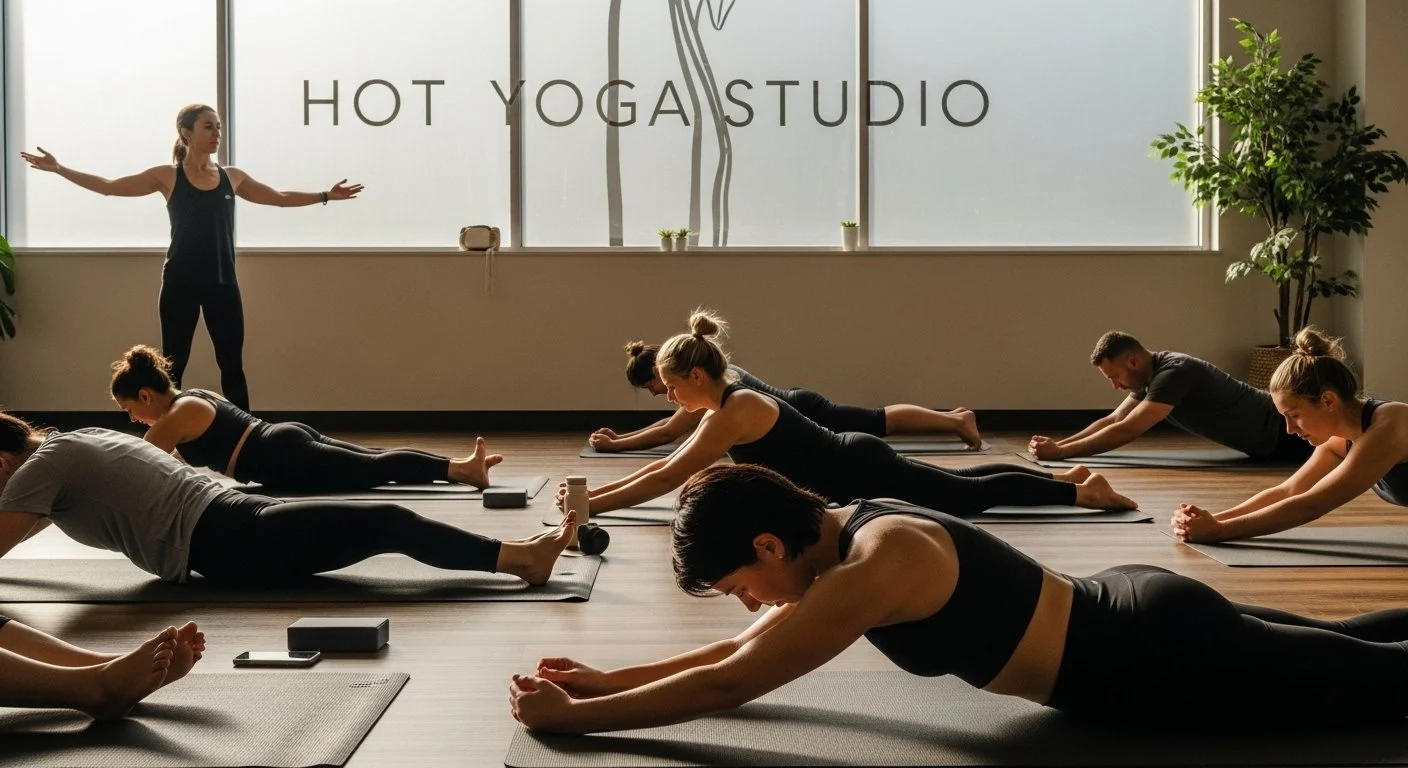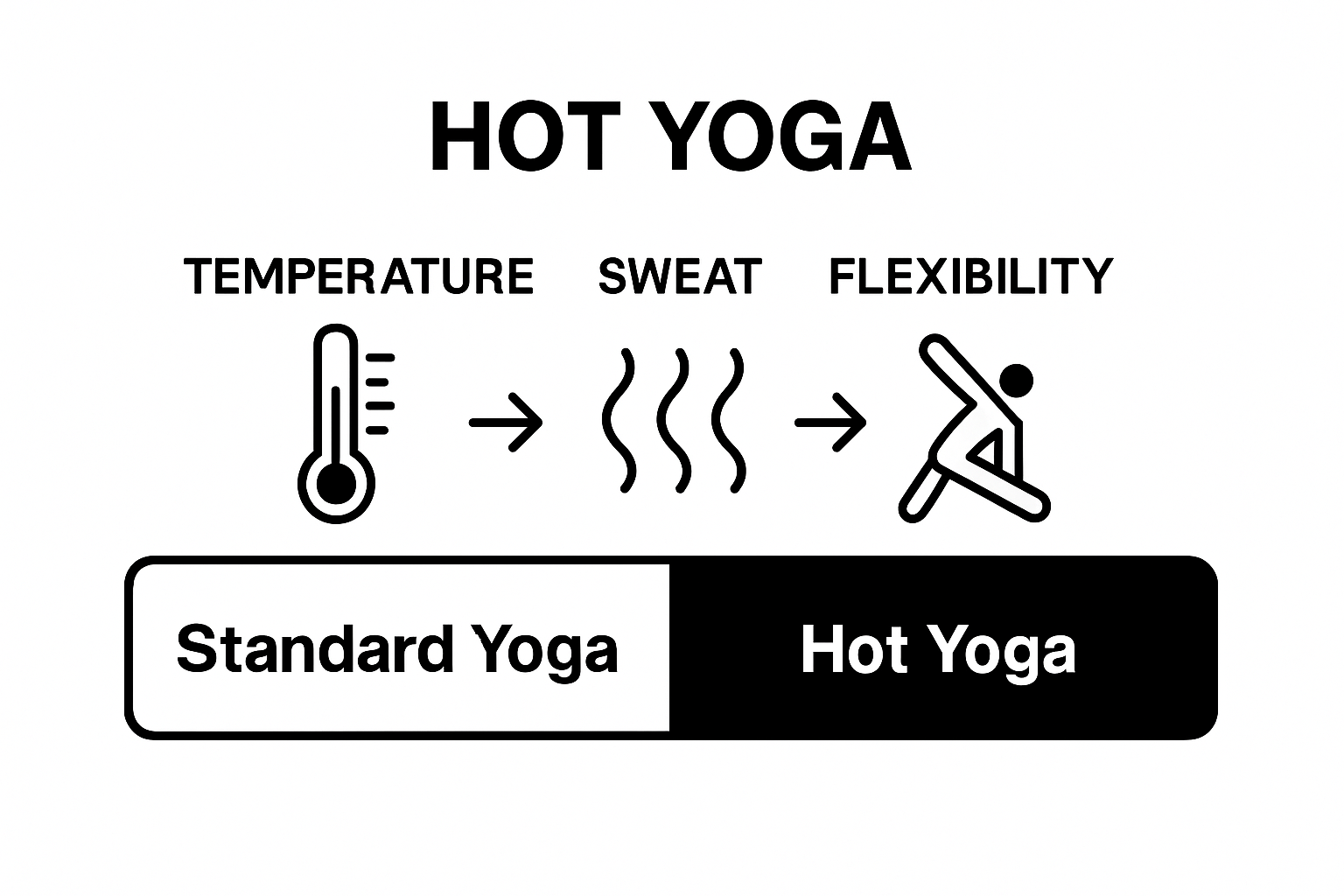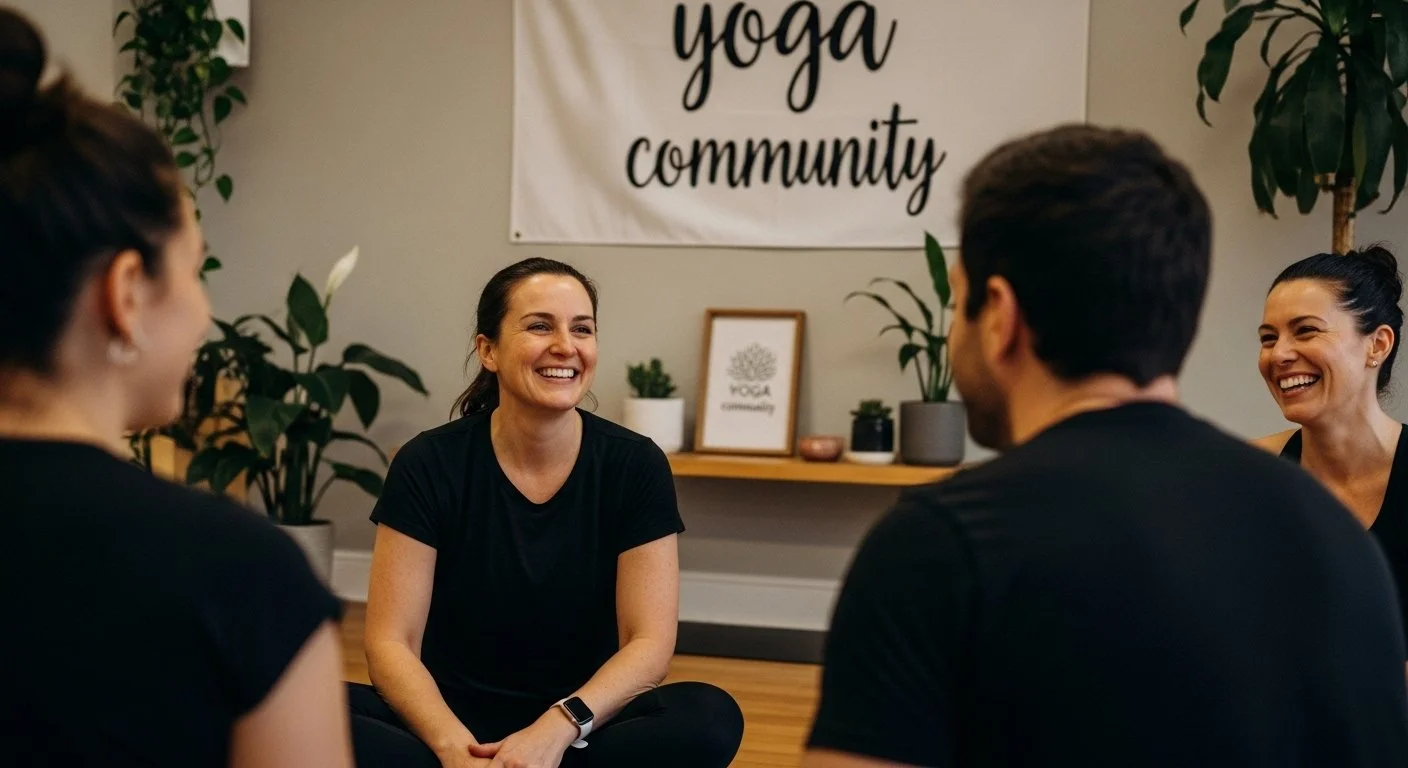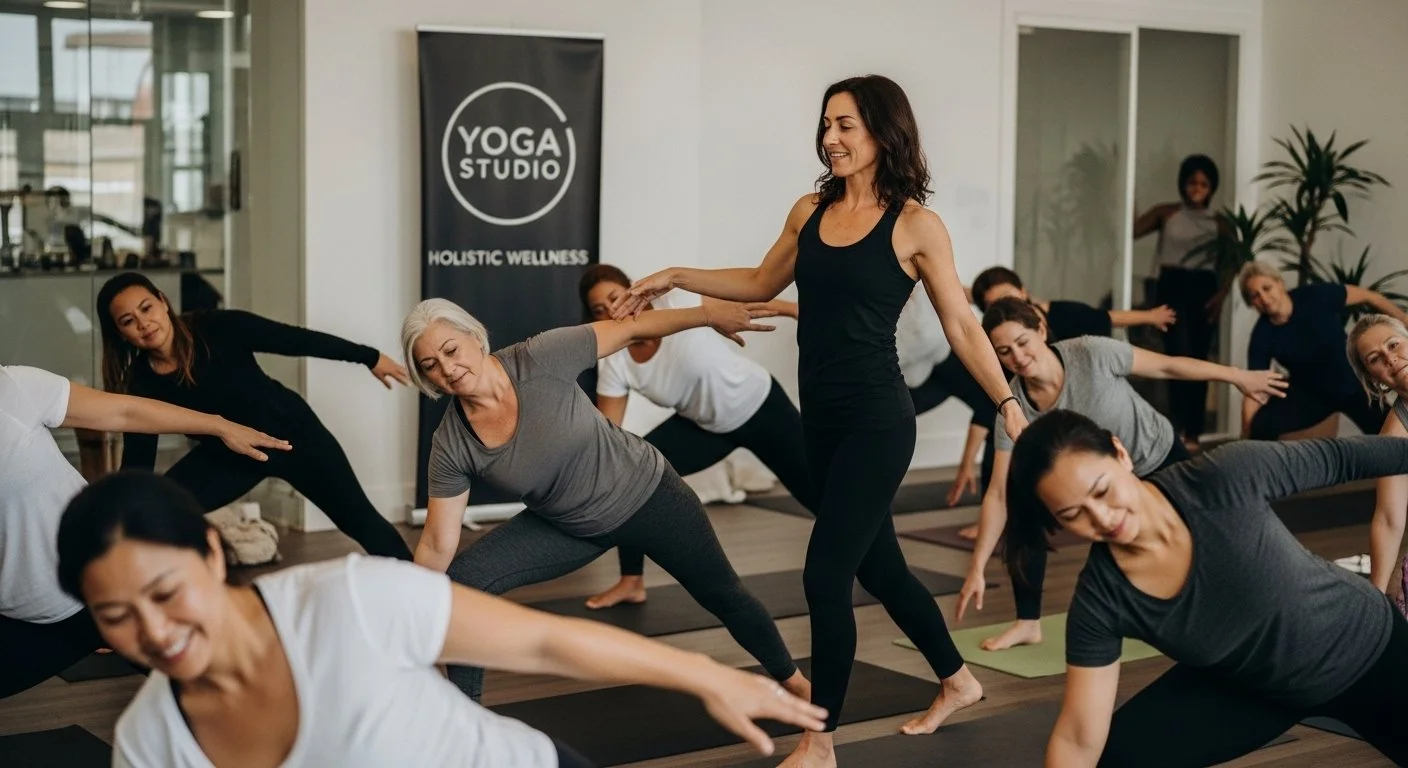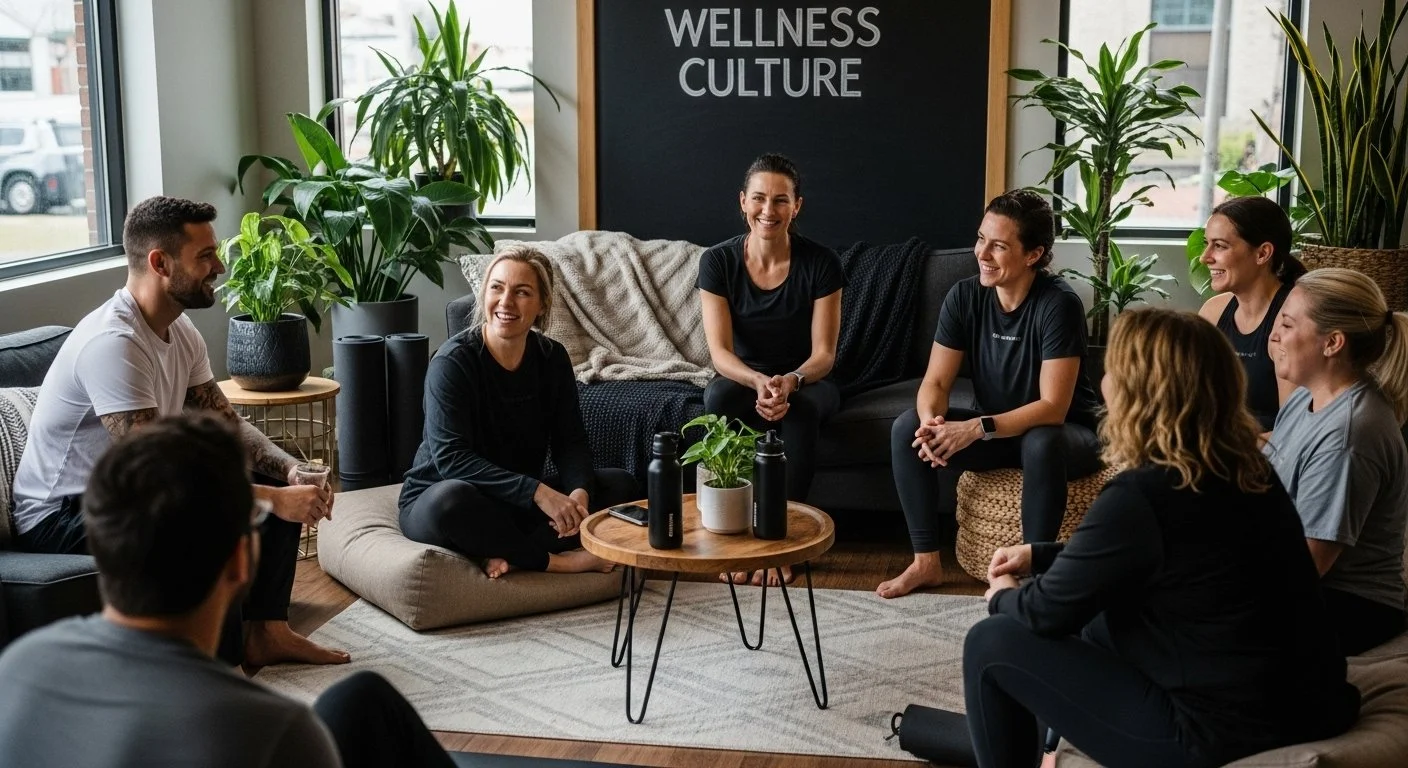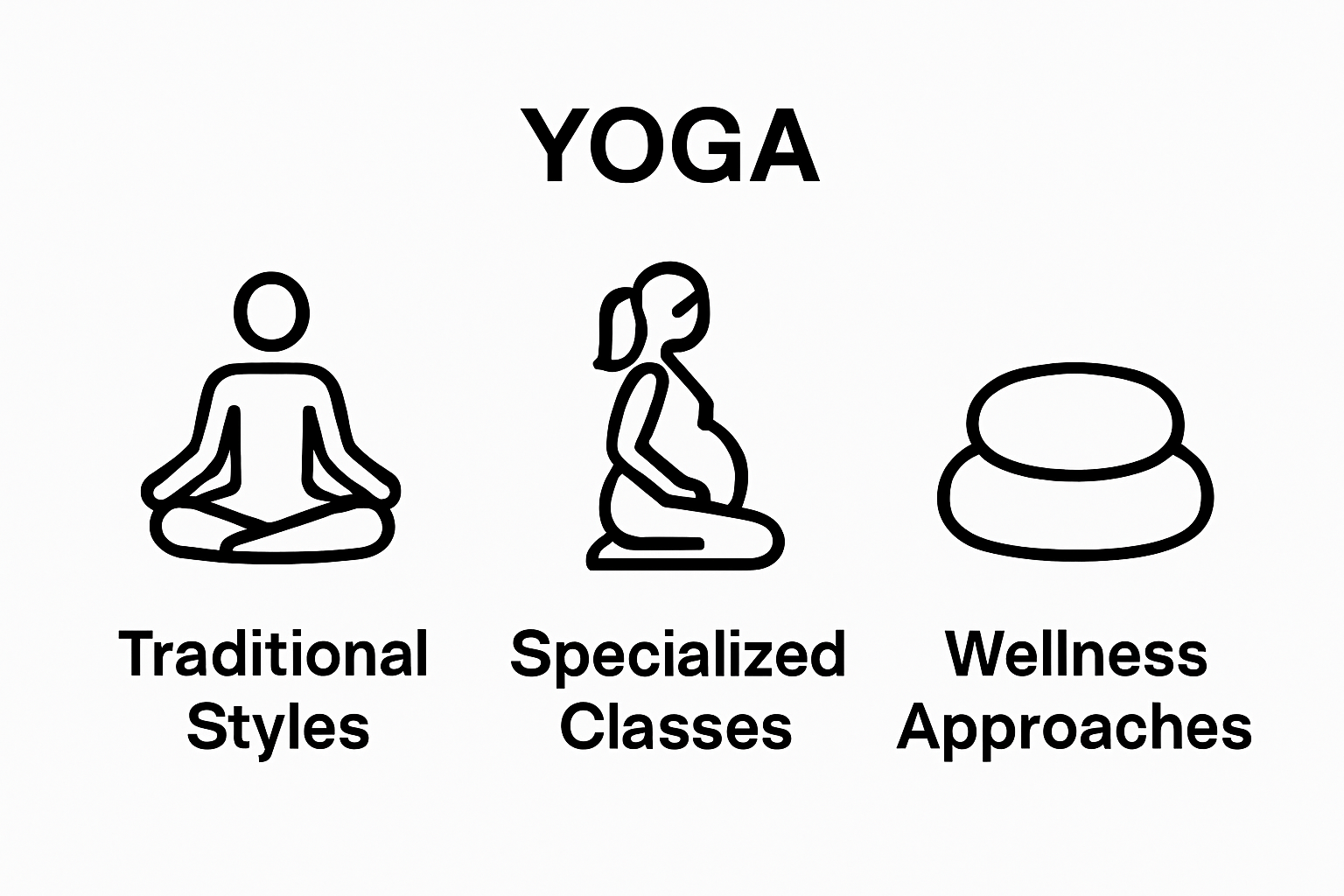7 Pilates Reformer Types Explained for Every Wellness Goal
Heather Rice
Over 70 percent of Pilates studios rely on reformer machines for their core training programs. With so many reformer options on the market, it can be tough to spot the key differences that matter for your workout quality. Learning how each reformer type supports specific fitness or rehabilitation needs will help you make an informed choice for your goals, whether you are seeking expert-level conditioning or a practical home solution.
Table of Contents
Quick Summary
| Takeaway | Explanation |
|---|---|
| 1. Classic Reformer enhances core strength | The classic reformer builds core muscle development, improving overall body balance and flexibility through controlled movements. |
| 2. Allegro Reformer adapts to various fitness levels | Suitable for both home and studio use, the Allegro reformer provides adjustable resistance, making it versatile for beginners and experienced practitioners. |
| 3. Clinical Reformer is ideal for rehabilitation | Designed for therapeutic use, the clinical reformer allows targeted exercises to support recovery and minimize injury risk during rehabilitation. |
| 4. Tower Reformer offers unique vertical resistance | The Tower Reformer expands exercise possibilities with enhanced vertical resistance, challenging multiple muscle groups for comprehensive workouts. |
| 5. Foldable Reformer saves space at home | A convenient option for small living spaces, the foldable reformer ensures professional-level training while being easy to store when not in use. |
1. Classic Reformer: Traditional Foundation and Benefits
The classic Pilates reformer represents the gold standard of Pilates equipment design, embodying the pure essence of Joseph Pilates original method. This traditional apparatus provides a comprehensive full body workout that emphasizes controlled movements and precise muscle engagement.
Designed with a sliding carriage, adjustable springs, and strategic resistance mechanisms, the classic reformer enables practitioners to perform exercises that challenge strength, flexibility, and body awareness simultaneously. According to Pilates Journal, the classical Pilates method utilizes a series of integrated exercises performed in sequential order, focusing on developing strength, endurance, and overall body coordination.
The key benefits of the classic reformer include:
Enhanced core muscle development
Improved muscular balance and alignment
Increased overall body flexibility
Low impact resistance training
What sets the classic reformer apart is its commitment to the fundamental principles of Pilates. By maintaining the original design Gratz Pilates emphasizes that the springs central resistance mechanism helps practitioners develop precise control and fluid movement patterns. This approach transforms exercise from mere physical activity into a mindful, integrated movement experience.
For those seeking a workout that combines physical conditioning with mental focus, the classic reformer offers an unparalleled approach to holistic fitness.
2. Allegro Reformer: Versatility for Group and Home Use
The Allegro Reformer stands out as a modern solution for fitness enthusiasts seeking flexibility in their Pilates practice. This innovative machine bridges the gap between professional studio workouts and home exercise routines, offering unprecedented adaptability for practitioners of all levels.
According to Healthline, Pilates Reformers apply principles of controlled movement to a spring loaded carriage machine, creating adjustable resistance for every motion. The Allegro Reformer takes this concept further by designing a compact yet robust machine suitable for multiple environments.
Key advantages of the Allegro Reformer include:
Compact design perfect for home and studio spaces
Lightweight and easily transportable
Adjustable spring tensions for varying fitness levels
Versatile enough for individual and group training
Active Lifestyle Wellnessnotes that specialized Pilates machines create unique workout experiences that sculpt, tone, and enhance overall well-being. The Allegro Reformer exemplifies this principle by providing a full body workout that builds strength, improves balance, and increases flexibility without placing excessive stress on joints.
Whether you are a beginner looking to start your Pilates journey or an experienced practitioner seeking a flexible training option, the Allegro Reformer offers a comprehensive solution that adapts to your fitness goals and lifestyle.
3. Clinical Reformer: Rehabilitation and Physical Therapy
The clinical reformer represents a specialized approach to Pilates equipment designed specifically for therapeutic and rehabilitation purposes. This precision engineered machine transforms traditional exercise into a targeted healing experience for individuals recovering from injuries or managing chronic physical conditions.
Senya Pilatesexplains that the clinical reformer utilizes adjustable springs, pulleys, and a moving carriage to createcustomized exercise pathways tailored to individual rehabilitation goals. Its low impact design allows practitioners to rebuild strength and mobility without placing undue stress on vulnerable body parts.
Key benefits of the clinical reformer include:
Precise muscle group targeting
Gradual resistance progression
Safe movement pattern development
Minimized injury risk during recovery
According to Perth Physiotherapy and Pilates, clinical Pilates integrates mental and physical wellness by supporting safe progression through varied movement patterns. This holistic approach enhances body awareness while providing a comprehensive workout experience specifically designed for rehabilitation contexts.
Whether you are recovering from surgery, managing a chronic condition, or seeking a gentle yet effective rehabilitation method, the clinical reformer offers a scientifically structured pathway to restored physical function and overall wellness.
4. Tower Reformer: Added Vertical Resistance Training
The Tower Reformer represents a revolutionary advancement in Pilates equipment, offering practitioners an innovative approach to strength training and body conditioning. This unique machine combines the traditional sliding carriage with a vertical tower, creating a multidimensional workout experience that challenges your body in entirely new ways.
Gratz Pilates explains that the Tower Reformer adds a comprehensive vertical resistance dimension to traditional Pilates training. By integrating a vertical tower with the standard reformer, practitioners can access a wider range of motion and exercise possibilities that target multiple muscle groups simultaneously.
Key advantages of the Tower Reformer include:
Enhanced vertical resistance training
Increased exercise variety
Improved overall body strength
Greater flexibility in movement patterns
Senya Pilateshighlights that this reformer type provides a comprehensive workout targeting strength, flexibility, and coordination. The vertical tower allows for unique exercises that challenge your body in ways traditional equipment cannot, making it an excellent choice for individuals seeking a more dynamic and challenging Pilates experience.
Whether you are an advanced practitioner looking to elevate your workout or a fitness enthusiast seeking a versatile training tool, the Tower Reformer offers an exciting pathway to enhanced physical conditioning and whole body wellness.
5. Cadillac Reformer: Advanced Whole-Body Conditioning
The Cadillac Reformer stands as the ultimate Pilates apparatus for practitioners seeking a comprehensive and transformative full body workout. This sophisticated piece of equipment represents the pinnacle of Pilates engineering, offering an unparalleled range of movement and resistance training possibilities.
Gratz Pilates explains that the Cadillac Reformer combines traditional reformer features with a trapeze table, creating a multidimensional training platform that challenges practitioners across all fitness levels. Its unique design allows for an extraordinary variety of exercises targeting every major muscle group with precision and effectiveness.
Key advantages of the Cadillac Reformer include:
Exceptional versatility in exercise options
Comprehensive full body conditioning
Advanced resistance training capabilities
Improved core strength and flexibility
Senya Pilates highlights that this equipment is specifically designed to enhance strength, flexibility, and overall physical conditioning through a diverse range of sophisticated movements. The integrated trapeze table and multiple attachment points enable practitioners to perform complex exercises that would be impossible with traditional fitness equipment.
Whether you are an advanced Pilates practitioner looking to elevate your workout or a fitness enthusiast seeking a comprehensive training experience, the Cadillac Reformer offers an innovative pathway to achieving exceptional physical performance and body awareness.
6. Foldable Reformer: Space-Saving Home Pilates Solution
The foldable reformer represents a game changing solution for fitness enthusiasts seeking professional Pilates workouts without sacrificing precious home space. This innovative equipment brings the power of studio training directly into your living room while maintaining a compact and convenient design.
Healthline explains that these machines provide adjustable resistance and comprehensive support for full body workouts that build strength, balance, and flexibility. Unlike traditional bulky equipment, foldable reformers can be easily stored in closets, under beds, or against walls when not in use.
Key advantages of the foldable reformer include:
Minimal storage requirements
Professional level resistance training
Convenient home workout option
Versatile exercise possibilities
Active Lifestyle Wellness highlights that these compact machines allow individuals to perform a variety of exercises that enhance core strength and overall well being in a convenient home setting. The ability to transform your living space into a personal fitness studio provides unprecedented flexibility for busy professionals and home fitness enthusiasts.
Whether you live in a small apartment or simply want a professional workout option that doesnt dominate your living space, the foldable reformer offers an intelligent solution for maintaining your fitness routine without compromise.
7. Choosing the Right Reformer: Tailored Tips for All Levels
Selecting the ideal Pilates reformer is a personal journey that requires careful consideration of your fitness goals, physical capabilities, and available space. Understanding how to match the right equipment to your individual needs can transform your Pilates practice from a simple workout to a transformative wellness experience.
Medical News Todayemphasizes the importance of choosing equipment that providesadaptable resistance and aligns with individual health conditions. The perfect reformer is not a one size fits all solution but a personalized tool that supports your unique fitness trajectory.
Key considerations when selecting a reformer include:
Your current fitness level
Available workout space
Budget and long term fitness goals
Specific physical limitations or rehabilitation needs
University of Warwickhighlights that Pilates reformers can be adapted for practitioners ranging from complete beginners to advanced athletes. This versatility means you can invest in equipment that grows with your skills and continues to challenge you as your strength and technique improve.
Whether you are a home practitioner seeking a compact solution or a fitness enthusiast looking for professional grade equipment, taking time to assess your individual needs will ensure you select a reformer that becomes a valuable partner in your wellness journey.
Below is a comprehensive table summarizing the various types of Pilates reformers and their unique features, benefits, and target users discussed in the article.
Pilates Reformer Comparison
| Reformer Type | Features & Design | Benefits | Best For |
|---|---|---|---|
| Classic Reformer | Traditional design with sliding carriage and adjustable springs | Enhanced core development, improved flexibility, low impact | Practitioners seeking traditional, mindful Pilates |
| Allegro Reformer | Compact, lightweight, adjustable spring tension | Home and studio use, versatile for group and solo use | Enthusiasts seeking flexible, adaptable Pilates routines |
| Clinical Reformer | Precision engineered for rehabilitation | Safe progression, targeted muscle recovery | Individuals recovering from injuries or managing chronic conditions |
| Tower Reformer | Combines sliding carriage with a vertical tower | Vertical resistance training, increased exercise variety | Advanced users seeking dynamic, multidimensional workouts |
| Cadillac Reformer | Incorporates trapeze table for multidimensional exercises | Comprehensive conditioning, advanced strength and flexibility | Practitioners desiring a versatile, full-body workout |
| Foldable Reformer | Space-saving, professional-level resistance | Minimal storage, convenient home workout | Home users with limited space wanting professional workouts |
Find Your Perfect Pilates Reformer Match and Elevate Your Wellness Journey
Choosing the right Pilates reformer can feel overwhelming with so many types designed to meet specific wellness goals. Whether you are seeking gentle rehabilitation with a clinical reformer, dynamic strength training on a Tower reformer, or compact solutions like foldable reformers for home use, understanding your unique needs is key. The article highlights how tailored equipment helps overcome challenges such as injury recovery, space limitations, and evolving fitness levels while empowering you to strengthen, stretch, and connect mind and body.
At Amrita Yoga & Wellness, we deeply understand the importance of personalized practice and community support on your path to holistic well-being. You deserve access to the right guidance and options that align with your physical capabilities and lifestyle. Explore our diverse classes and workshops that complement Pilates training and nurture balance, strength, and mindfulness all in one welcoming space.
Ready to embrace a Pilates approach designed just for you? Discover how our expert instructors and inclusive environment at Amrita Yoga & Wellness can help you unlock your full potential. Learn more and secure your spot today by visiting our class schedule and offerings. Take the first step toward lasting wellness and improved vitality now.
Frequently Asked Questions
What are the benefits of using a classic reformer for Pilates?
Using a classic reformer enhances core strength, muscular balance, and flexibility while providing a low-impact workout. To experience these benefits, incorporate regular sessions—ideally 2-3 times a week—using a range of resistance settings.
How can an Allegro reformer adapt to different fitness levels?
The Allegro reformer features adjustable spring tensions that cater to individual needs, allowing both beginners and advanced practitioners to modify exercises effectively. Start by experimenting with lighter springs and progressively increase resistance as your strength develops.
What makes the clinical reformer suitable for rehabilitation?
The clinical reformer is designed specifically for rehabilitation, offering tailored movement pathways and gradual resistance progression. If you're recovering from an injury, focus on 1-2 sessions per week to build strength safely while minimizing injury risk.
How is the Tower reformer different from a traditional reformer?
The Tower reformer combines a sliding carriage with a vertical tower, providing enhanced resistance and a wider variety of exercises. To maximize results, incorporate complex movements into your workouts at least once a week for improved strength and flexibility.
When should I consider using a foldable reformer instead of a traditional one?
Opt for a foldable reformer if you have limited space or want the convenience of storing your equipment easily. Use the foldable reformer for comprehensive workouts, aiming for 2-3 sessions weekly to maintain consistency in your fitness routine.
How can I choose the right pilates reformer for my goals?
Assess your fitness level, available space, and budget to find the right reformer for your needs. Consider reviewing your goals every 6 months and adjusting your choice of reformer as your skills and needs evolve.












